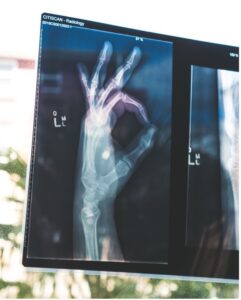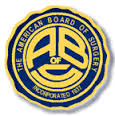As the winter chill sets in, it brings with it not just the magic of snowflakes but also some potential challenges for the health of your hands, wrists, and elbows. If you’re not familiar with the term “FOOSH” (fall onto an outstretched hand), it’s time to get acquainted. Winter, with its slippery surfaces, elevates the risk of FOOSH-related injuries, making it crucial to adopt preventive measures. Dr. Avery Arora, our seasoned hand surgeon, shares insights on how to keep your extremities safe and sound during the frosty season.
Footwear Matters
Selecting the right shoes for winter conditions is your first line of defense. Dr. Arora recommends well-fitting, low-heeled footwear with a good tread. For added grip on icy surfaces, consider using crampons – nifty traction devices that easily slip over your shoes.
Skiers: Beware of Ski Loops
While ski pole loops may seem like a convenient feature, using them can increase the risk of a specific injury known as skier’s thumb. The loops, if caught during a fall, can overstretch the thumb joint or cause ligament tears. Dr. Arora advises skiers against using ski loops to prevent this potential hazard. The risk of injury is just too high.

Shoveling Safely
Shoveling snow is a winter chore that can impact your wrist health. Dr. Arora emphasizes the importance of maintaining neutral wrist positions while lifting, preventing issues like intersection syndrome or de Quervain’s tenosynovitis. Lift with your legs, not your arms, and take breaks to give your wrists a breather.
Snowblower Safety
Modern snowblowers are a boon but come with their own set of precautions. Never insert your hand into the snowblower blades, even when it’s turned off. Clear jams using a broom or shovel handle to avoid potential injuries from built-up tension.
Master the Art of Falling
Yes, there’s an art. For winter sports enthusiasts, learning how to fall safely is crucial. Seek lessons from experts to understand the proper techniques for minimizing injury risk. Wearing recommended protective gear is a small inconvenience compared to the potential consequences of a fall.
Prompt Care for Injuries
If you do experience a hand, wrist, or elbow injury, don’t delay seeking professional care. While urgent cases require immediate attention, non-urgent injuries should still be addressed by a hand specialist. Dr. Arora and his team offer customized solutions, including specialized splints, to ensure optimal support and recovery.
This winter, let’s not just enjoy the beauty of the season but also take proactive steps to safeguard our hands, wrists, and elbows. With the right precautions and expert guidance, we can embrace the winter wonderland with confidence and well-protected extremities.
If you suspect you have suffered a winter-related injury in Michigan, there are many reputable hand doctor options from the Ascension or Beaumont healthcare systems or you can seek assistance from a qualified medical professional at a private practice. Arora Hand Surgery, led by Dr. Avery Arora, a specialist in upper extremity problems and a top Michigan hand doctor, has helped countless individuals alleviate their hand, wrist, and elbow related pain. You can contact the practice, with four locations in West Bloomfield, Warren, Macomb, and Howell, at (888) 392-4263 or schedule your consultation online through the website.


























